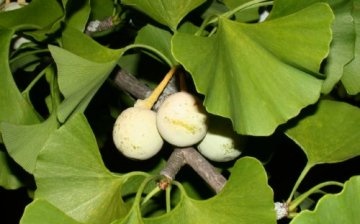A relict ginkgo bilobo plant and its cultivation
The relict ginkgo bilobo plant is the only plant that has remained virtually unchanged over 200 million years. Nowadays, you can hardly find it in nature, but it is grown in parks and gardens. The name Ginkgo Biloba means "silver apricot" in Japanese. It is a mighty deciduous tree with a wide pyramidal crown that can live up to 1000 years. Its leaves resemble a fan. The plant is dioecious, female specimens begin to bear fruit at the age of about 30 years. Its fruits resemble a plum, inside of which there is a disk-shaped seed, used for food boiled or fried. Ginkgo biloba is considered the progenitor of conifers and is often grown as bonsai.
The ginkgo bilobo plant can be grown in the garden in the southern regions. where this tree reaches a height of 40 meters. Some people manage to grow it in the gardens of the middle lane, here it rarely grows above 20 meters. This plant belongs to gymnosperms, it can be grown from seeds, but it is better to buy a seedling, since seedlings can be planted in open ground at the age of at least two years. The tree is undemanding to the soil, but needs shading, otherwise its beautiful green leaves will fade.
Plant care needs the most common. Water in dry weather, apply monthly fertilizer during the growing season, weed and loosen the soil. And the tree will truly become a decoration of the garden. In spring, the leaves of ginkgo bilobo fall off, it is better to collect them, rather than throw them away, as they have medicinal properties and are useful for everyone. Their infusions and decoctions are drunk to improve cerebral circulation, they help to improve memory and increase intelligence.




This plant is widely used in modern medicine. It can be seen that over the millions of years of its existence, it has accumulated many useful substances.
only the correct name of the plant is not bilobO, but bilobA